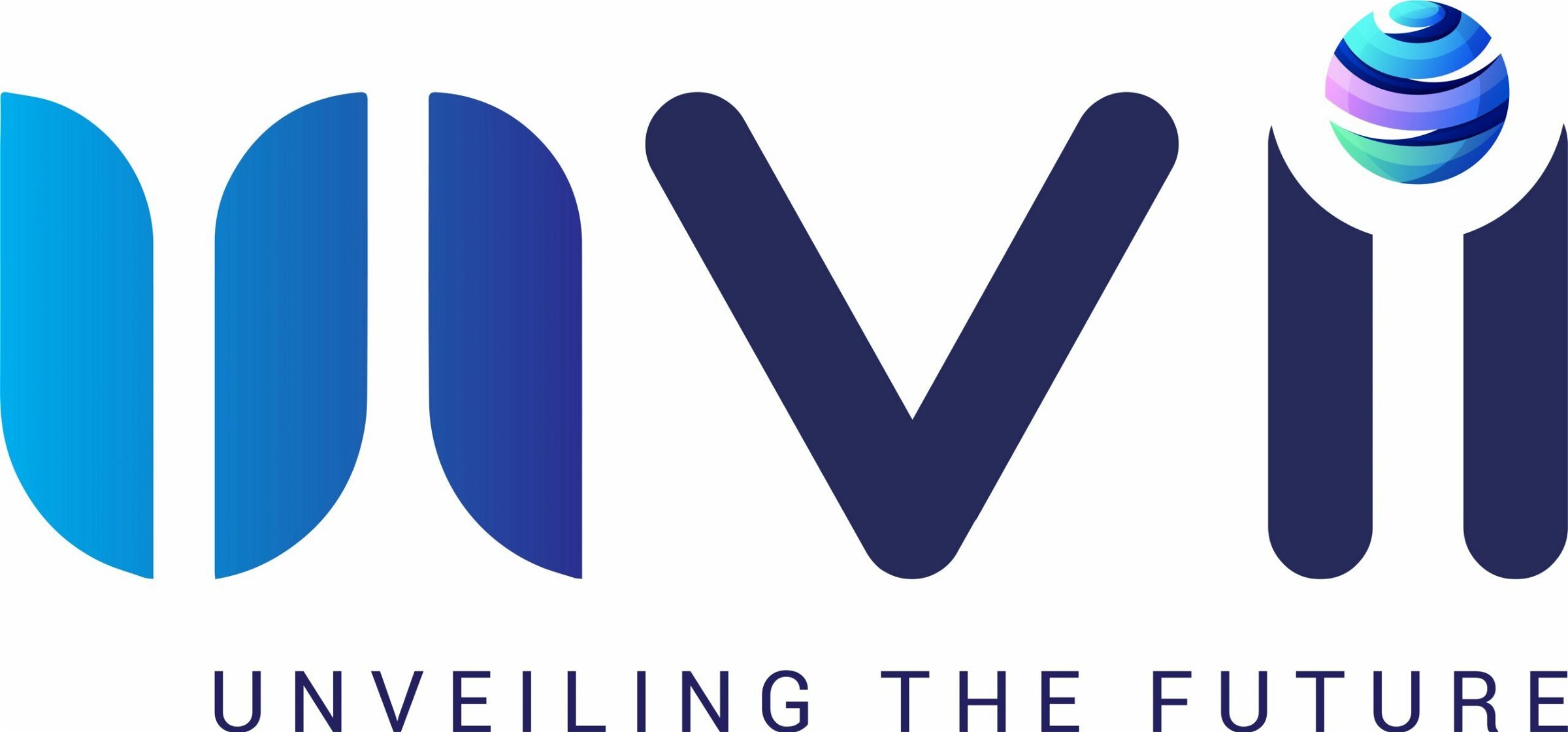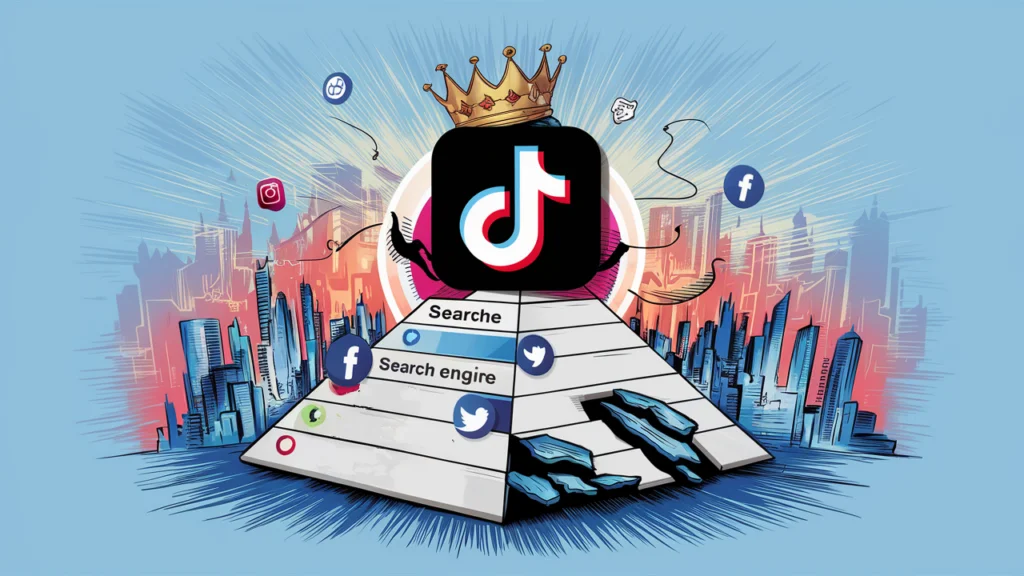The world of mobile apps is booming, and with it comes the question for aspiring developers and businesses: which development approach reigns supreme? Two main contenders emerge – Flutter, the rising star, and native app development, the established veteran. But which one should you choose? Let’s delve into a head-to-head comparison to crown the champion for your app development journey.
Native Development: The Tried-and-True Champion (But with a Weight Belt)
Native development has long been the go-to method, using platform-specific languages like Java/Kotlin for Android and Swift/Objective-C for iPhone. It offers several advantages:
- Unmatched Performance: Native apps have direct access to a device’s hardware and functionalities, resulting in the fastest performance and smoothest user experience possible. This is crucial for resource-intensive apps like games or high-fidelity simulations.
- Full Access to Device Features: Native apps can leverage all the features a device offers, from the camera and GPS to sensors and Bluetooth. This allows for richer and more integrated experiences.
- Mature Development Tools and Resources: With years of development, native platforms boast extensive libraries, frameworks, and a vast pool of experienced developers. This translates to readily available resources and support.
However, native development also comes with some significant drawbacks:
- Increased Development Time and Cost: Building separate codebases for Android and iOS requires double the effort, leading to longer development times and higher costs. This can be a barrier for startups or those with limited resources.
- Platform-Specific Learning Curve: Developers need to be proficient in different languages and tools for each platform, extending the learning curve and potentially requiring a larger development team with diverse skillsets.
- Limited Code Reusability: While some code might be transferable, most logic needs to be rewritten for each platform, hindering development speed and hindering future maintenance.
Flutter: The Agile Challenger with a Speed Boost
Flutter, a relative newcomer, has taken the app development scene by storm. It offers a unique approach with its own set of strengths:
- Cross-Platform Development: Flutter uses a single codebase for both Android and iOS, significantly reducing development time and cost. This is ideal for businesses targeting both major mobile platforms simultaneously.
- Fast Development with Hot Reload: Flutter’s hot reload feature allows developers to see code changes reflected in the app almost instantly, accelerating the development and iteration process. This real-time feedback makes refining the user experience much faster.
- Beautiful and Expressive UIs: Flutter utilizes its own powerful rendering engine, ensuring stunning visuals and smooth animations across different devices. This allows for highly customizable and visually appealing apps.
However, Flutter isn’t without its challenges:
- Performance Considerations: While generally good, native apps still hold a slight edge in performance, especially for very demanding tasks. Complex games or heavily resource-intensive applications might benefit more from a native approach.
- Limited Access to Device Features: While Flutter offers access to most core functionalities, integrating with some device-specific features might require additional work or relying on third-party plugins.
- Relatively New Ecosystem: Compared to native development, Flutter’s ecosystem of libraries and resources is still growing. While vast and growing, it might not yet match the comprehensive support offered by established platforms.
So, Who Wins the App Development Championship?
The answer, like most things in technology, depends on your specific needs and priorities. Let’s consider some scenarios:
Scenario 1: Speed and Cost-Effectiveness are Top Priorities
If you need to develop an app for both Android and iOS quickly and within budget constraints, Flutter is a clear champion. Its cross-platform development significantly reduces time and cost while still delivering a high-quality experience.
Scenario 2: Unparalleled Performance is Crucial
For apps that demand peak performance, native development might be the better choice. Games, complex simulations, or resource-intensive applications benefit from the direct hardware access that native apps provide.
Scenario 3: User Experience and Visual Appeal are Paramount
Flutter shines when it comes to crafting beautiful and engaging user interfaces. Its powerful rendering engine lets you create visually stunning apps with smooth animations, making it ideal for applications where user experience reigns supreme.
The Final Verdict: Flutter, the Agile and Adaptable Champion
While both approaches have their merits, Flutter emerges as the champion for many developers and businesses today. Its speed, cross-platform capabilities, and rapidly growing ecosystem make it a compelling choice, especially for businesses targeting a broad mobile audience. However, for specific situations where raw performance is the absolute priority, native development might still hold an edge.
The Future of App Development: A Collaborative Canvas
Ultimately, the choice between Flutter and native development isn’t always a binary one. As technology evolves and frameworks mature, we might see a more collaborative approach. Here are some possibilities:
-
Hybrid Development: Combining Strengths: Techniques like React Native or Xamarin can bridge the gap. They allow developers to write most of the app logic in a single language (like JavaScript) while utilizing native components for performance-critical tasks. This offers a balance between development speed and potential performance gains.
-
Flutter’s Continued Maturation: The Flutter team is constantly working on improving performance and expanding its capabilities. As Flutter’s ecosystem grows and strengthens, it might narrow the gap with native development in terms of raw performance and access to device features.
Choosing Your Champion: It’s All About Your Needs
The key takeaway? There’s no single “best” approach. Carefully evaluate your project’s requirements, budget constraints, and target platforms.
- For fast, cost-effective, and visually-appealing apps across platforms, Flutter is a strong contender.
- For situations where peak performance or deep integration with specific device features is essential, native development might be the better fit.
- Consider hybrid development if you seek a balance between development speed and potential performance gains.
No matter which approach you choose, the mobile app development landscape is brimming with exciting possibilities. With the right tools and knowledge, you can transform your app ideas into reality and engage users like never before. So, dive in, explore, and start building your champion app!



